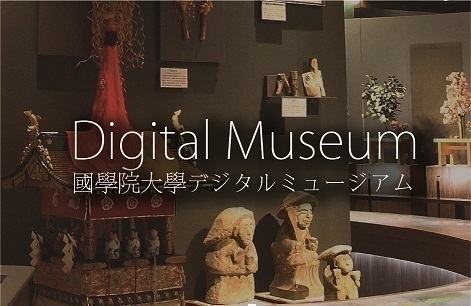- トップ
- Encyclopedia of Shinto
- Shinkan
Encyclopedia of Shinto
| Main Menu: | |
| Links: |
詳細表示 (Complete Article)
| カテゴリー1: | 3. Institutions and Administrative Practices |
|---|---|
| カテゴリー2: | Officiants |
| Title | Shinkan |
| Text | Widely used synonymously with shinshoku. In the broad sense, the term shinkan denotes one kind of shrine priest. In the strict sense, however, shinkan and shinshoku are different. Until the Edo period the term was limited to those having qualifications from the Yoshida house, but when the system of priestly ranks was revamped in 1871, usage was standardized in a nation-wide shinkan system for national and imperial shrines (kankoku heisha) as well as lower-ranking shrines. The term was assigned to official, qualified shrine personnel, and it had the following sub-categories: daigūji (senior chief priest), shōgūji (junior chief priest), gūji (chief priest), gongūji (provisional suppliant priest), negi (suppliant priest), zatsu-negi (general suppliant priest), shikan (priest), and shishō (a lower-ranking priest). In the third month of 1887, with the exception of shrines with jingū status, the term was replaced with shinshoku for national and imperial shrines and lesser ranking shrines. In 1900 a new kanbesho (Department of Priests) was established at Ise Jingū, and it also treated its workers as shinshoku rather than shinkan. This meant that shinkan legally applied thereafter only to the daigūji, shōgūji, negi, gonnegi, and kujō (shrine priest) of Ise Jingū but no longer existed elsewhere. After February 1946, all preceding government-issued shrine regulations were abolished, and thus shinkan no longer exist at any shrine, including Ise Jingū. There are references from the beginning of Emperor Tenmu's reign to the term shinkan as a predecessor to the ritsuryō period office of the Jingikan. — Nishimuta Takao |




